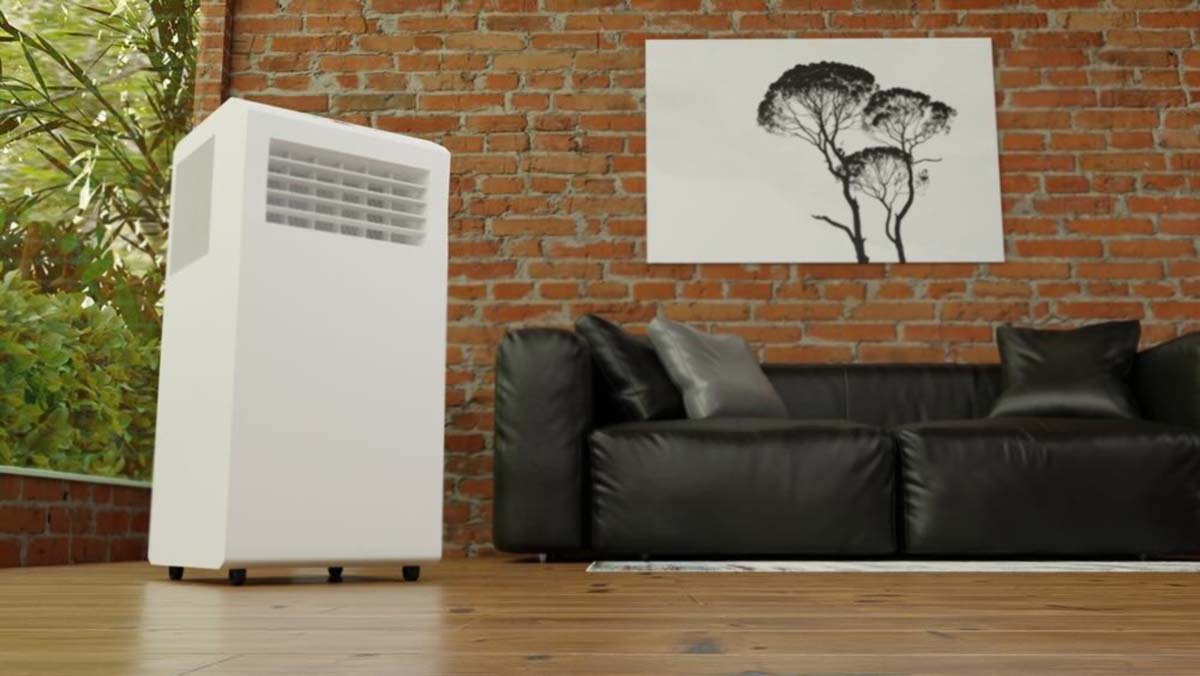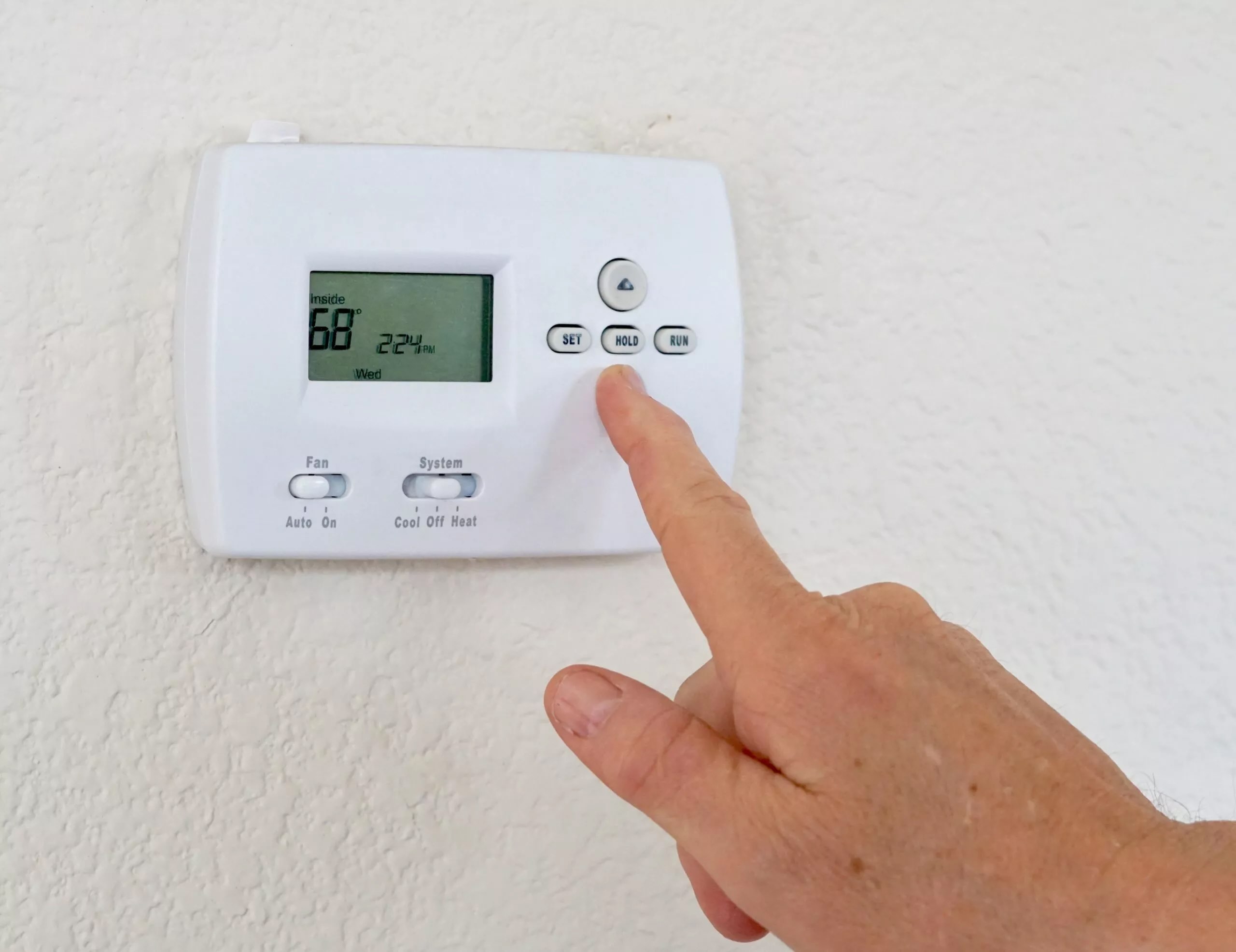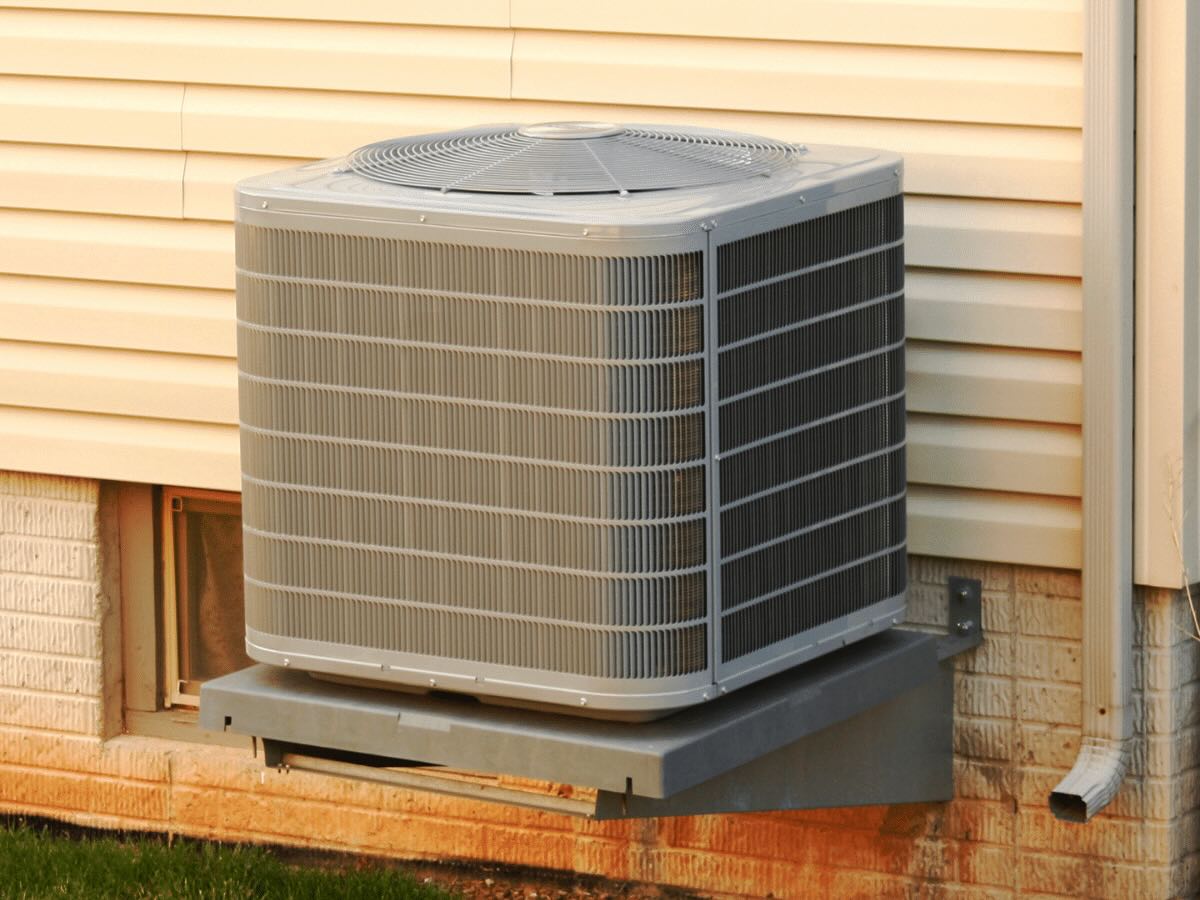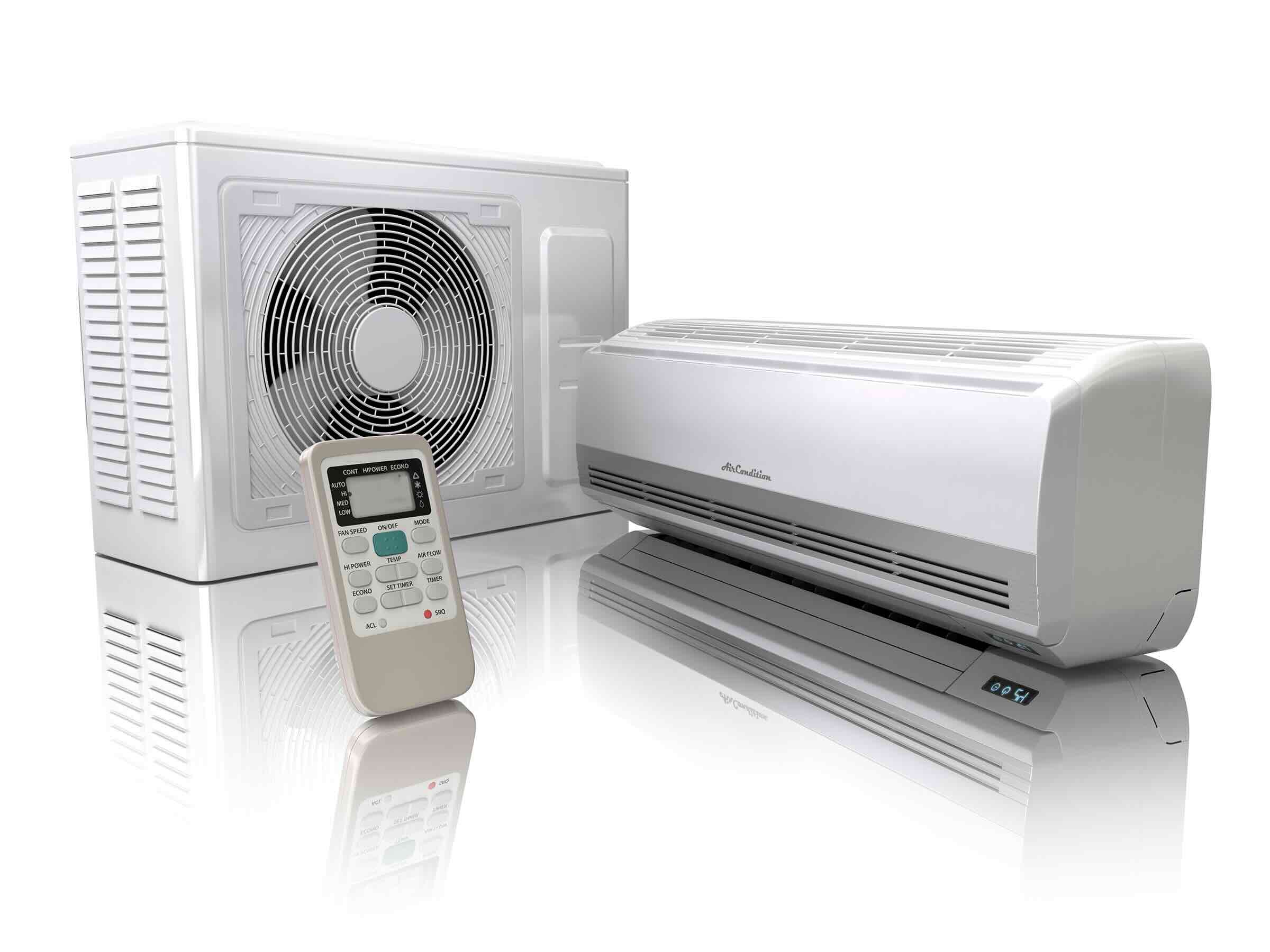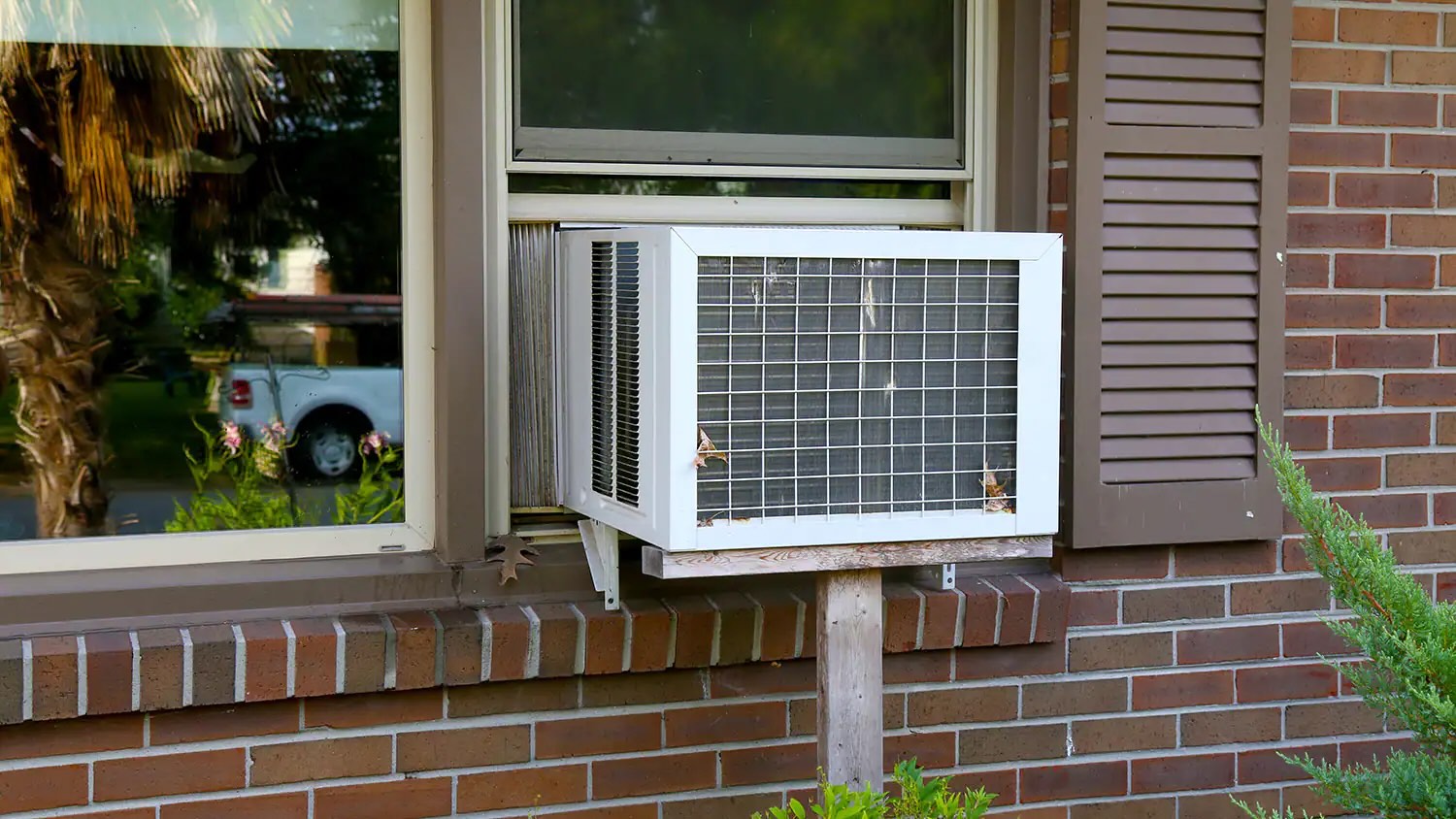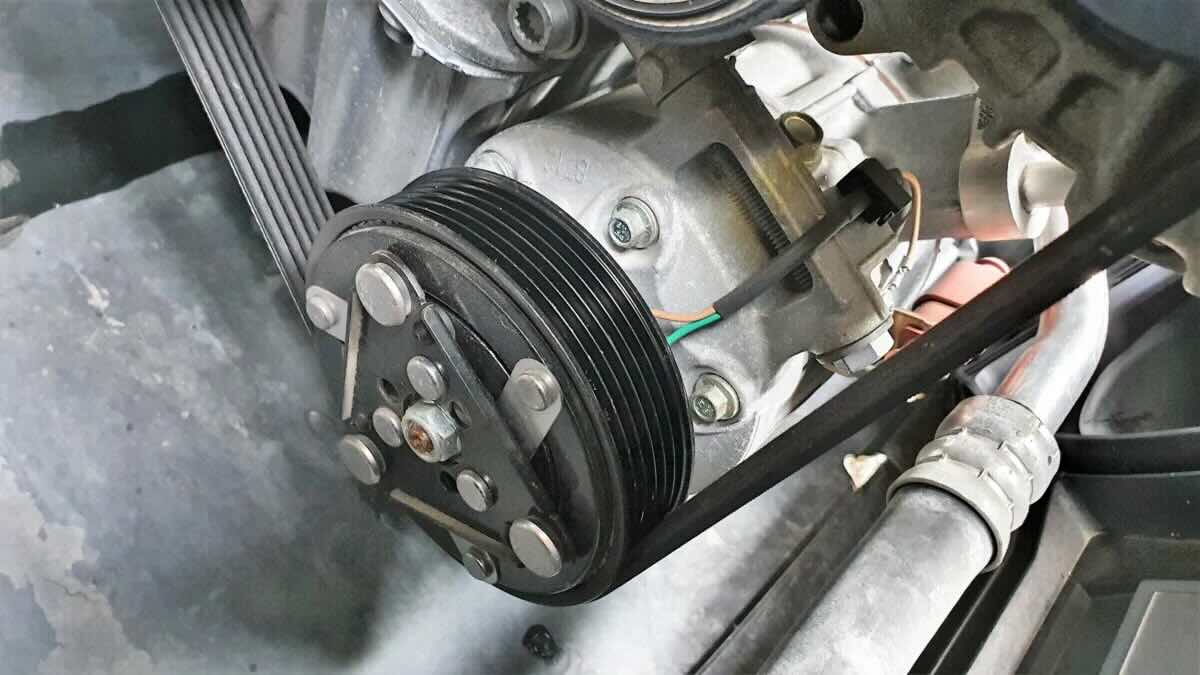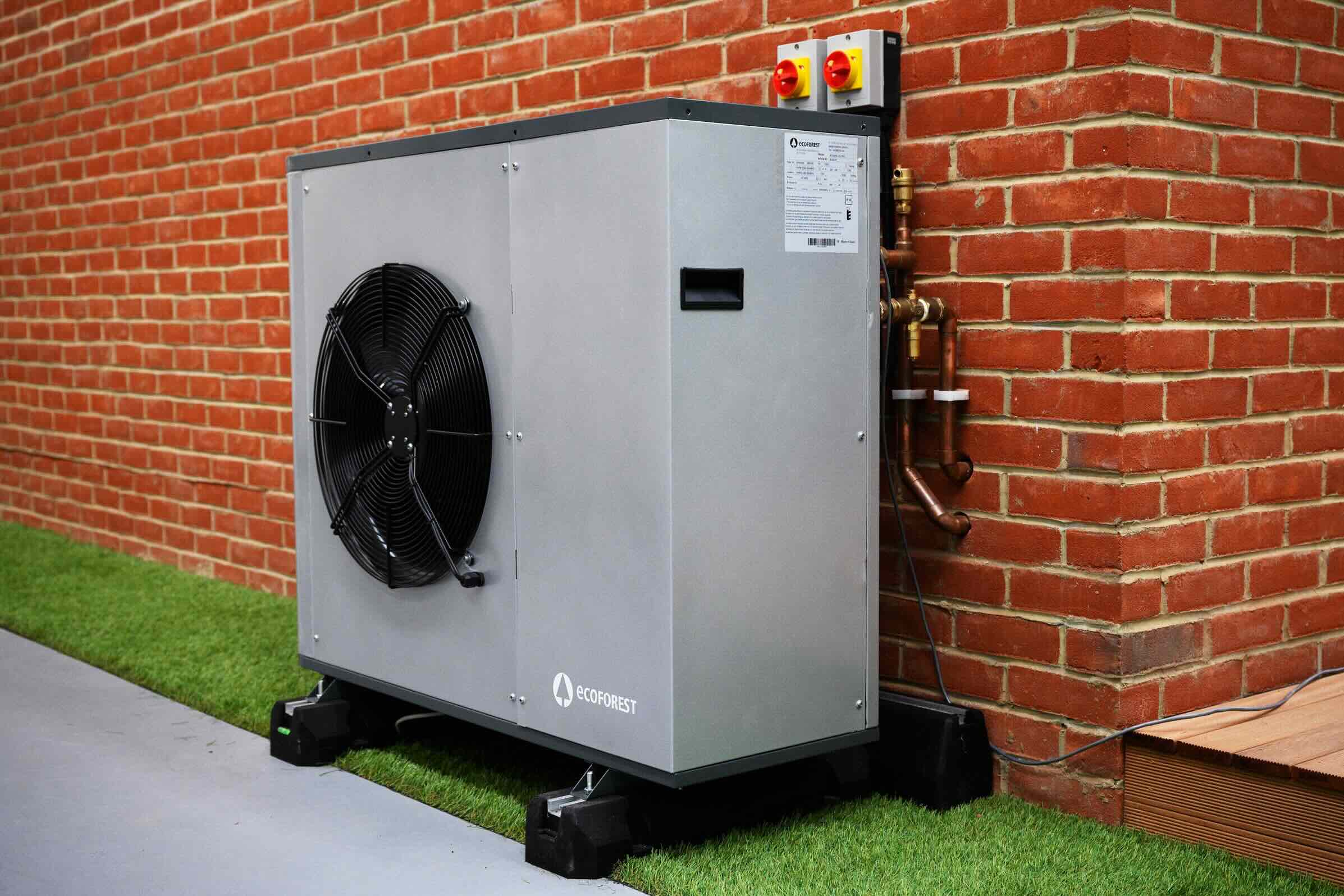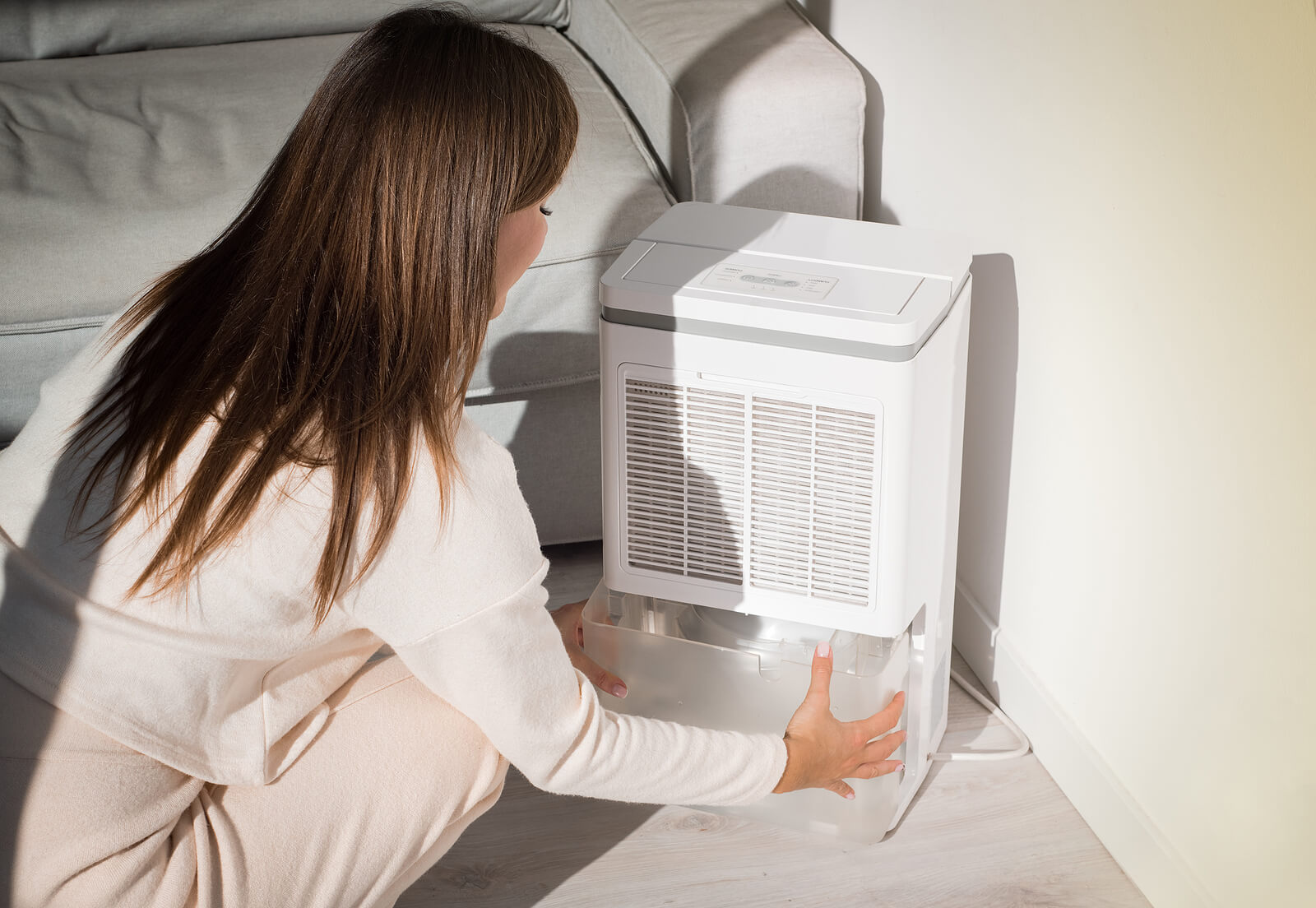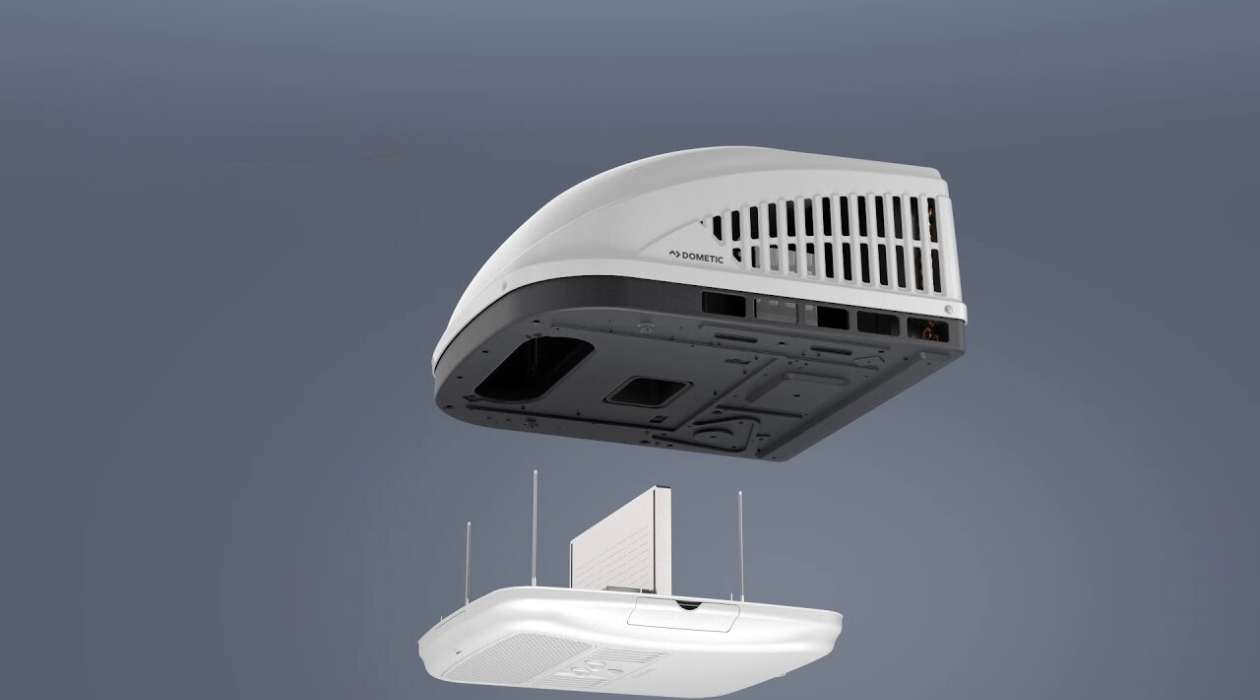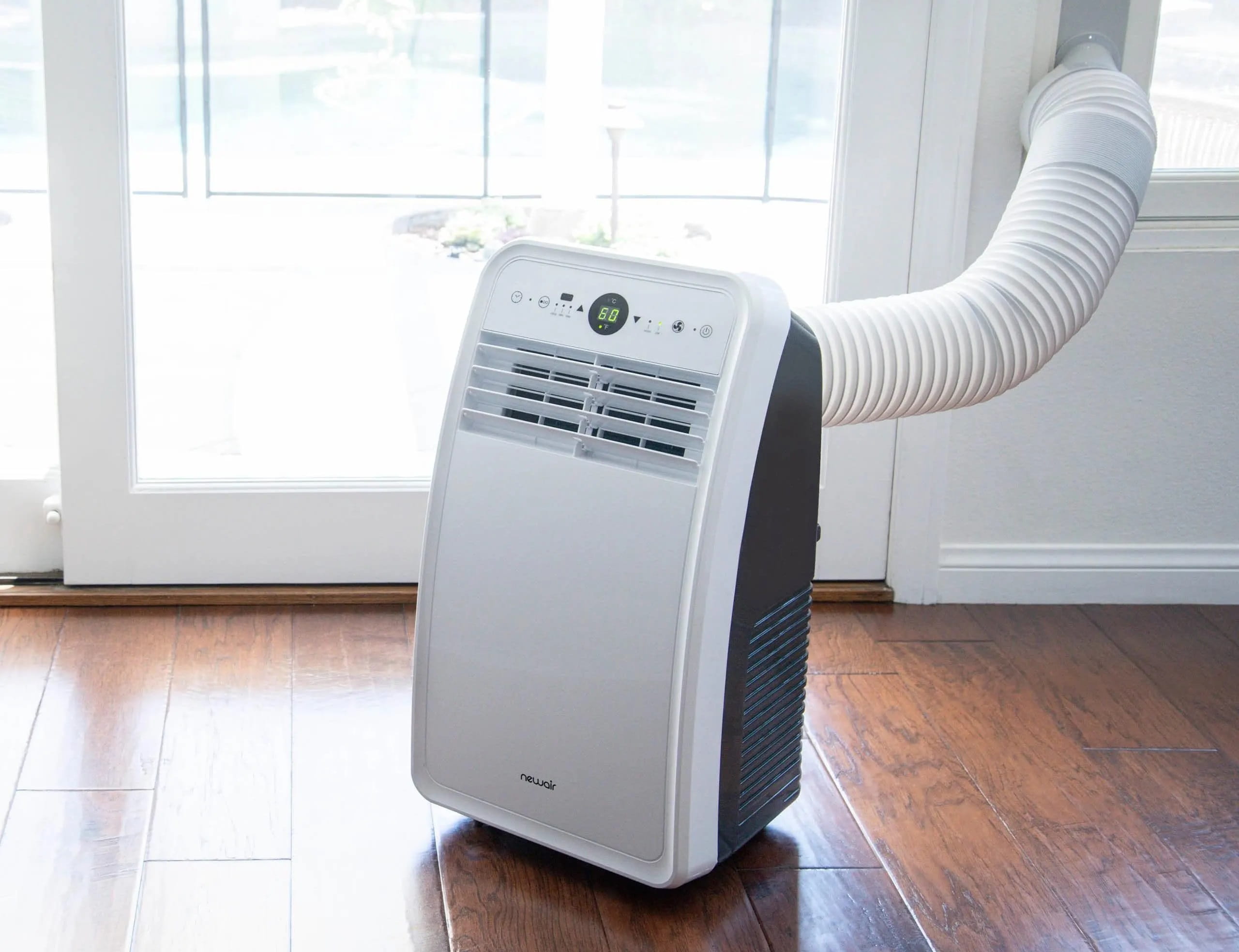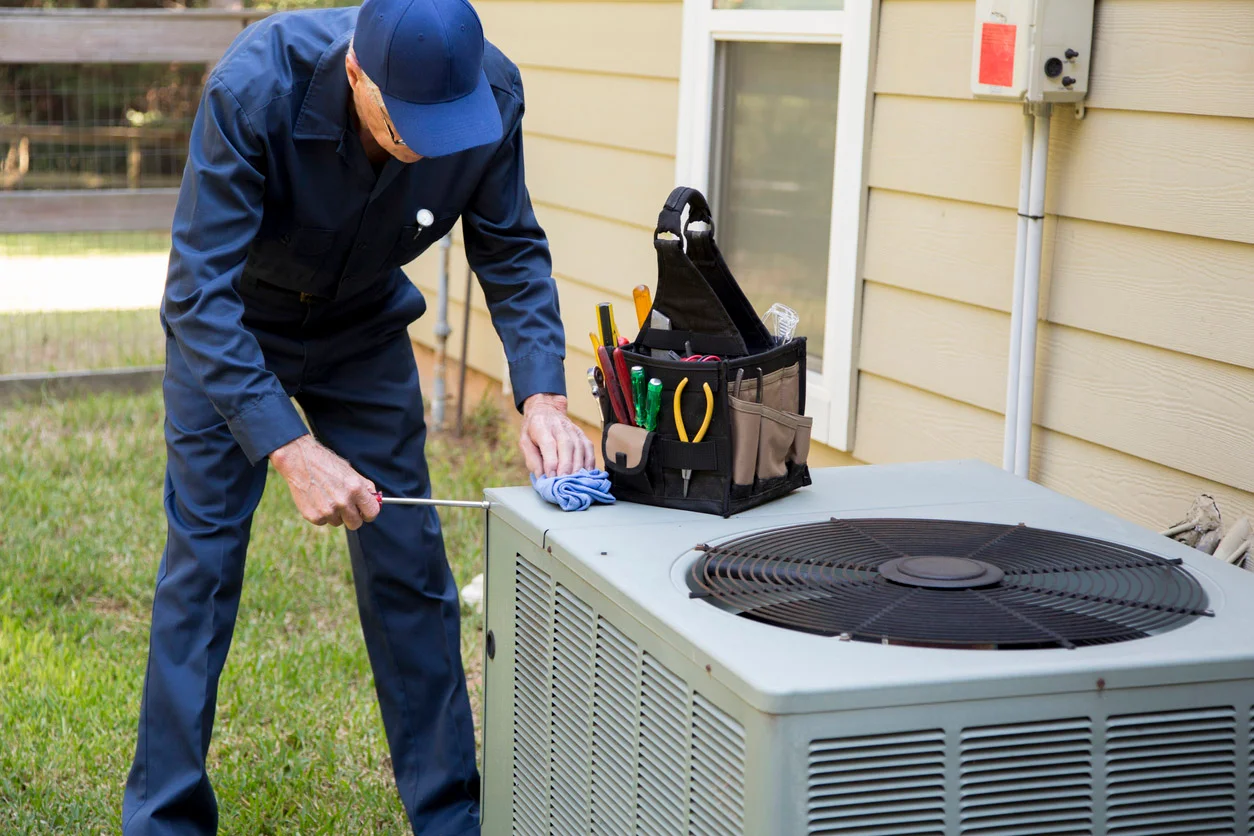Home>Home Maintenance>How Does A Dehumidifier Work On An Air Conditioner
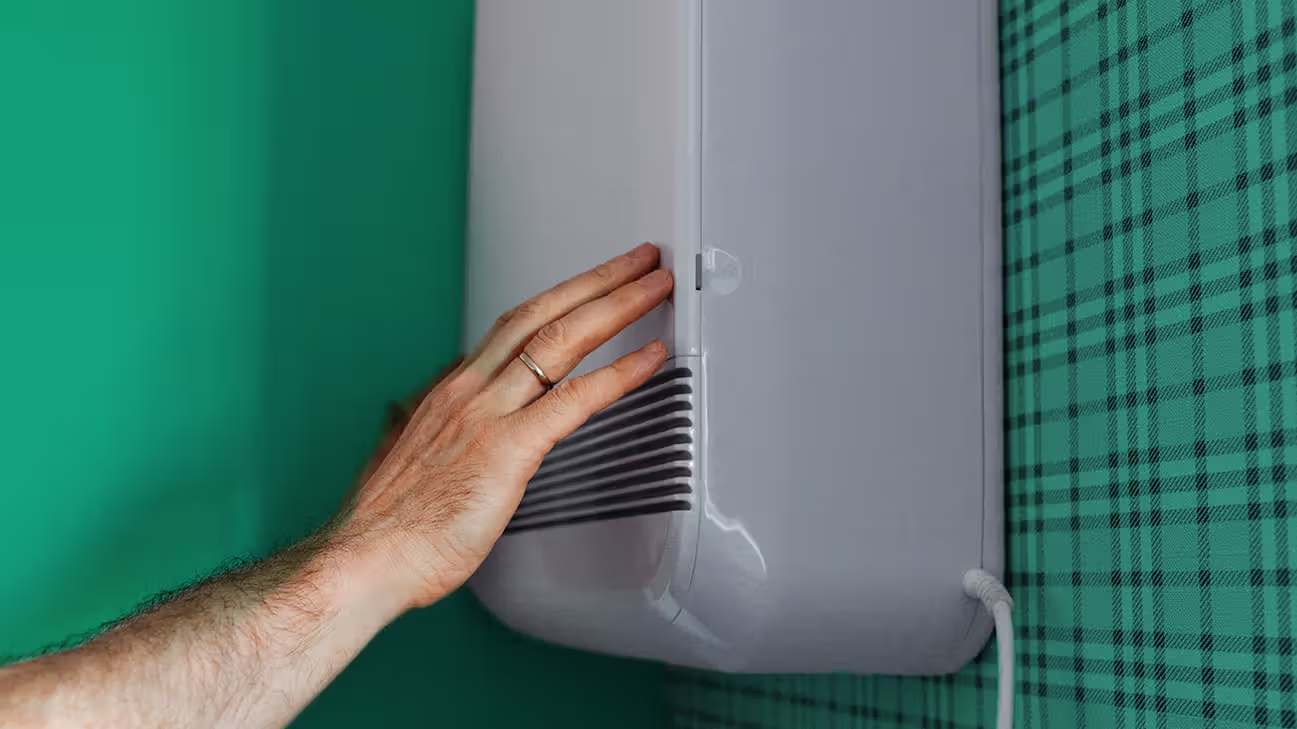

Home Maintenance
How Does A Dehumidifier Work On An Air Conditioner
Modified: March 7, 2024
Discover how a dehumidifier works with your air conditioner for efficient home maintenance. Reduce humidity and improve air quality with this essential appliance.
(Many of the links in this article redirect to a specific reviewed product. Your purchase of these products through affiliate links helps to generate commission for Storables.com, at no extra cost. Learn more)
Introduction
Welcome to the world of home maintenance, where we delve deep into the ins and outs of keeping your humble abode in top-notch shape. In this article, we’ll focus on the important topic of how a dehumidifier works on an air conditioner.
Humidity can be a real nuisance, especially during the hot and humid summer months. Excessive moisture in the air can lead to a range of problems, from mold and mildew growth to discomfort and even damage to your home and belongings. That’s where a dehumidifier comes in – it’s a key component of an air conditioning system designed to remove excess moisture from the air, creating a more comfortable living environment.
Are you ready to dive into the fascinating world of dehumidifiers? Let’s start by understanding humidity and its impact on your home.
Key Takeaways:
- Say goodbye to sticky discomfort! A dehumidifier in your air conditioner removes excess moisture, preventing mold, preserving belongings, and creating a more comfortable, healthier home environment.
- Keep your home cool and dry! A dehumidifier in your air conditioner not only reduces humidity but also improves energy efficiency, reduces odors, and extends the lifespan of HVAC equipment.
Read more: How Does An Air Conditioner Work?
Understanding Humidity
Before we delve into how a dehumidifier works on an air conditioner, it’s essential to understand what humidity is and how it affects your home. Humidity refers to the amount of moisture present in the air. It’s typically measured as a percentage, with 100% being the maximum saturation level.
High humidity levels can make the air feel heavy and stifling. You might notice condensation on windows, musty odors, and a general feeling of discomfort. In addition to the discomfort, high humidity can cause a range of issues in your home, including the growth of mold and mildew, damage to wooden furniture and floors, and increased energy consumption.
On the other hand, low humidity can also be problematic. It can lead to dry skin, respiratory issues, and even damage to wooden structures in your home. Finding the right balance of humidity is crucial for your comfort and the well-being of your property.
Now that we have a basic understanding of humidity, let’s explore how a dehumidifier plays a vital role in an air conditioner.
The Role of a Dehumidifier in an Air Conditioner
An air conditioner is primarily designed to cool down the air in your home, but did you know that it also helps in reducing humidity levels? This is where the dehumidifier component comes into play.
A dehumidifier is integrated into an air conditioning system to remove excess moisture from the air, reducing the humidity levels and creating a more comfortable environment. It works alongside the cooling function of the air conditioner, providing you with a dual benefit of both cooling and dehumidification.
While the main goal of an air conditioner is to lower the temperature, it also naturally removes some moisture from the air as a byproduct of the cooling process. However, during extremely humid conditions, the air conditioner alone may not be sufficient to maintain optimal humidity levels.
This is where the dehumidifier component steps in. Its primary function is to extract additional moisture from the air, ensuring that the humidity levels are kept in check. By doing so, it helps prevent the growth of mold and mildew, protects your home and belongings from excess moisture-related damage, and enhances the overall comfort of your living space.
The dehumidifier in an air conditioner works hand in hand with other components, such as the evaporator coil, compressor, and refrigerant, to achieve efficient cooling and dehumidification. Understanding the individual components and how they work together is essential to grasp the complete mechanism of a dehumidifier in an air conditioner.
Components of a Dehumidifier
A dehumidifier, as a part of an air conditioning system, consists of several key components working together to remove excess moisture from the air. Understanding these components will give us deeper insight into how a dehumidifier operates. Let’s take a closer look at the main components:
- Evaporator coil: The evaporator coil is responsible for absorbing heat and moisture from the air. As warm, humid air passes over the coil, the moisture condenses on the coil’s surface, forming droplets that are collected and drained away.
- Compressor: The compressor plays a crucial role in the dehumidification process by increasing the pressure and temperature of the refrigerant. This allows the refrigerant to absorb more heat and transfer it to the condenser coil.
- Condenser coil: The condenser coil, located outside the home, releases the heat absorbed by the refrigerant. As the refrigerant cools down, it condenses back into a liquid form and is ready to repeat the dehumidification cycle.
- Refrigerant: The refrigerant is a chemical substance that flows through the system, absorbing heat and moisture from the air. It changes from a gas to a liquid state and vice versa as it undergoes the compression and expansion cycles.
- Air filter: The air filter is responsible for trapping dust, allergens, and other airborne particles. It ensures that the air entering the dehumidifier is clean and free from contaminants.
- Drainage system: The drainage system collects the condensed moisture and directs it away from the dehumidifier. This can be accomplished using a gravity drain, where the water flows down into a drainpipe, or through a condensate pump that removes the liquid against gravity.
- Controls and sensors: The controls and sensors monitor and regulate the operation of the dehumidifier. They allow you to adjust settings such as humidity levels and fan speed, ensuring optimal performance.
These components work together seamlessly to remove excess moisture from the air, maintaining desirable humidity levels in your home.
A dehumidifier works with an air conditioner by removing excess moisture from the air, which helps the AC unit work more efficiently and improve indoor air quality. This can help prevent mold and mildew growth.
Working Mechanism of a Dehumidifier in an Air Conditioner
Understanding the working mechanism of a dehumidifier in an air conditioner is essential to appreciate how it effectively reduces humidity levels. Let’s dive into the step-by-step process:
- Air intake: The process begins when warm and humid air from your home is drawn into the air conditioning system through the air intake vents.
- Air filtration: Before entering the dehumidifier component, the air passes through an air filter. The air filter helps to remove dust, allergens, and other airborne particles, ensuring that the air is clean and fresh.
- Cooling process: Next, the air flows over the evaporator coil, which is chilled by the refrigerant. As the warm air comes into contact with the cold coil, moisture in the air condenses onto the coil’s surface, forming droplets.
- Drainage: The condensed moisture drips down from the evaporator coil and collects in a drainage pan located underneath. From there, it is drained away through a gravity drain or a condensate pump.
- Cool, dehumidified air: The moisture removed from the air by the dehumidifier component results in cooler and drier air. This air then passes through the air conditioner’s cooling coil and is further cooled before being circulated back into your home.
- Cycle repetition: The air conditioning system operates in a cycle, continuously drawing in warm and humid air, passing it through the dehumidifier component, removing moisture, cooling the air, and then recirculating the cooled and dehumidified air back into the living space. This cycle repeats as needed to maintain the desired humidity levels.
By integrating the dehumidifier component into the air conditioning system, the excess moisture in the air is efficiently extracted, resulting in a more comfortable and enjoyable indoor environment.
Read more: How Does A Ductless Air Conditioner Work
Benefits of Using a Dehumidifier in an Air Conditioner
The addition of a dehumidifier to your air conditioning system brings several benefits that go beyond just cooling your home. Let’s explore the advantages of using a dehumidifier:
- Improved comfort: Excess humidity can make your home feel sticky and uncomfortable. By removing moisture from the air, a dehumidifier helps create a more comfortable living space, allowing you to breathe easier and enjoy a pleasant atmosphere.
- Mold and mildew prevention: High humidity levels can lead to the growth of mold and mildew, which can have harmful effects on your health and damage your property. A dehumidifier helps to control moisture levels, reducing the risk of mold and mildew formation and safeguarding your home.
- Preservation of belongings: Excessive moisture in the air can cause damage to your furniture, wooden floors, electronics, and other valuable belongings. By keeping humidity levels in check, a dehumidifier helps preserve the integrity and longevity of your possessions.
- Energy efficiency: When you use a dehumidifier in conjunction with your air conditioner, it helps the AC operate more efficiently. By removing excess moisture from the air, your air conditioner doesn’t have to work as hard to cool the space, resulting in energy savings and potentially lower utility bills.
- Reduced odors: High humidity can contribute to musty odors in your home. A dehumidifier helps eliminate these unpleasant smells by reducing the moisture that tends to harbor odor-causing bacteria and mold.
- Health benefits: Excessive humidity can create a breeding ground for allergens like dust mites and mold spores, which can trigger allergies and respiratory issues. By maintaining optimal humidity levels, a dehumidifier promotes a healthier indoor environment, reducing the risk of allergies and respiratory problems.
- Extended lifespan of HVAC equipment: Excessive humidity can place additional strain on your HVAC system. By incorporating a dehumidifier, you can reduce excess moisture that could potentially lead to corrosion and premature wear and tear on your equipment, extending its lifespan.
A dehumidifier in an air conditioner offers numerous advantages, ensuring not only a cooler indoor environment but also a healthier and more energy-efficient home.
Maintenance and Care Tips for a Dehumidifier in an Air Conditioner
To ensure optimal performance and longevity of your dehumidifier in an air conditioner, regular maintenance and care are key. Here are some essential maintenance tips to keep in mind:
- Clean or replace the air filters: The air filters in your dehumidifier help trap dust and other particles. Clean or replace them regularly, usually every 1-3 months, to maintain proper airflow and prevent clogging. This will ensure efficient operation and improve air quality.
- Inspect and clean the drainage system: Check the drainage pan and drainage pipe for any blockages or leaks. Clean them to remove any accumulated dirt or debris that may impede the flow of condensed moisture. Ensure that the drainage system is functioning properly to prevent water damage or excessive moisture buildup.
- Clean the evaporator coil: Over time, the evaporator coil may accumulate dirt and debris. Clean it gently using a soft brush or a vacuum cleaner with a brush attachment. This will help maintain efficient heat and moisture transfer, ensuring effective dehumidification.
- Check the condensate pump (if applicable): If your dehumidifier utilizes a condensate pump to remove the water against gravity, inspect the pump regularly. Ensure that it is functioning correctly and consider cleaning or servicing it if necessary.
- Monitor and adjust humidity levels: Regularly check the humidity levels in your home using a hygrometer. Adjust the settings on your dehumidifier to maintain optimal humidity levels (ideally between 30-50%). This will help prevent excessive moisture and maintain a comfortable environment.
- Keep the area around the dehumidifier clean: Ensure that the area around your dehumidifier is free from dust and obstruction. This will allow for proper air circulation and prevent the buildup of debris that could affect its performance.
- Schedule professional maintenance: Consider scheduling professional maintenance for your air conditioning system, including the dehumidifier component. Regular check-ups by HVAC technicians will ensure that everything is functioning correctly, identify any potential issues, and perform necessary repairs or adjustments.
By following these maintenance and care tips, you can keep your dehumidifier in an air conditioner running smoothly and efficiently, providing you with uninterrupted comfort and peace of mind.
Conclusion
Having a dehumidifier as a part of your air conditioning system can make a significant difference in maintaining comfortable and healthy living conditions in your home. By understanding humidity and the role of a dehumidifier, you can appreciate how it effectively removes excess moisture from the air, reducing humidity levels and preventing a range of issues.
The components of a dehumidifier work together to extract moisture from the air, creating a more comfortable environment and protecting your home and belongings from the damaging effects of high humidity. The working mechanism is designed to continuously cycle warm and humid air, cooling it, removing moisture, and recirculating the dehumidified air back into your living space.
Using a dehumidifier in an air conditioner brings numerous benefits, including improved comfort, prevention of mold and mildew growth, preservation of belongings, energy efficiency, reduced odors, health benefits, and extended lifespan of HVAC equipment. Regular maintenance and care of your dehumidifier will ensure optimal performance and longevity.
So, whether you live in a humid climate or experience high humidity levels during certain seasons, integrating a dehumidifier into your air conditioning system can be a game-changer. It will help you create a more welcoming and comfortable home environment while safeguarding your health and preserving the integrity of your property.
Now that you have a deeper understanding of how a dehumidifier works on an air conditioner, it’s time to take action and enjoy the benefits of optimal humidity control in your home. Stay cool, dry, and comfortable!
Frequently Asked Questions about How Does A Dehumidifier Work On An Air Conditioner
Was this page helpful?
At Storables.com, we guarantee accurate and reliable information. Our content, validated by Expert Board Contributors, is crafted following stringent Editorial Policies. We're committed to providing you with well-researched, expert-backed insights for all your informational needs.

